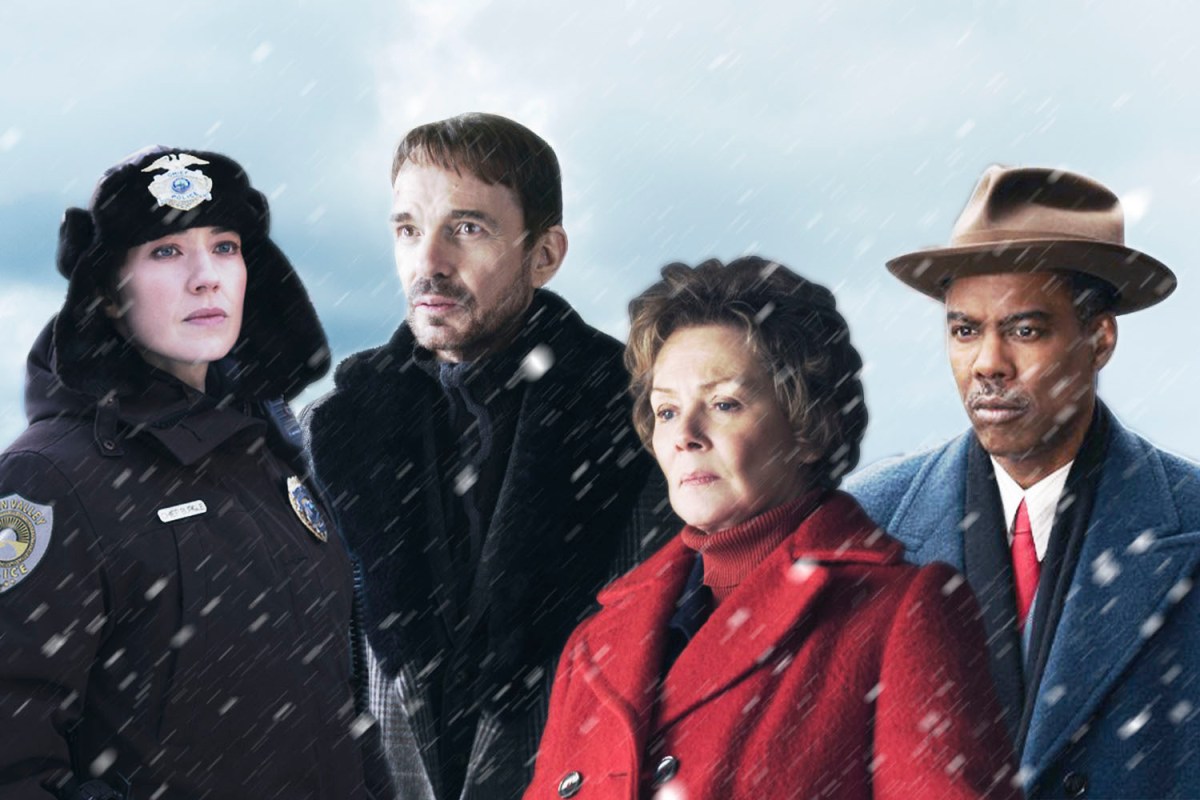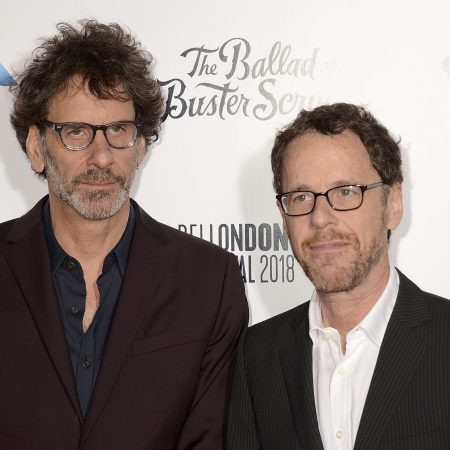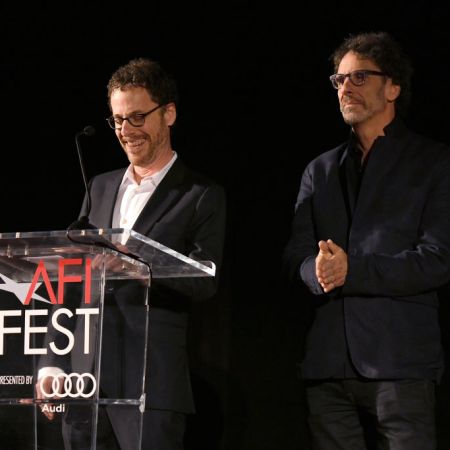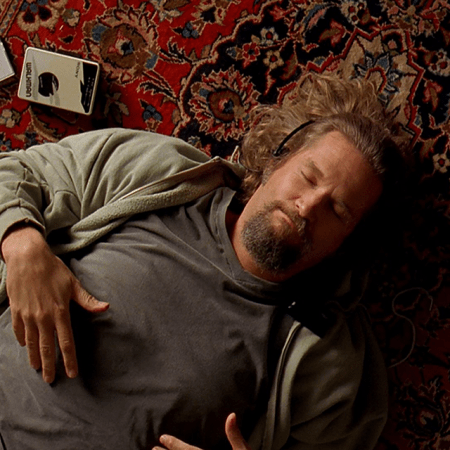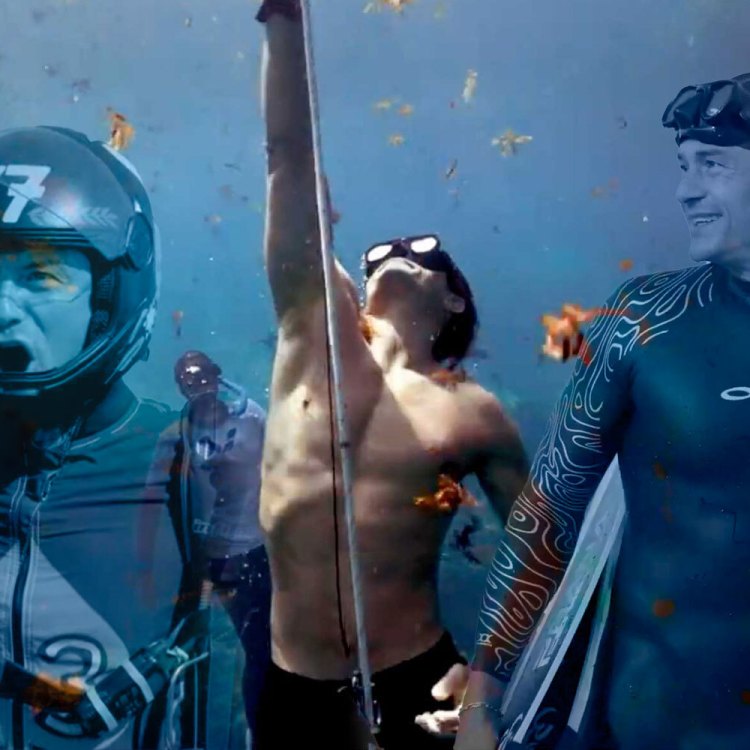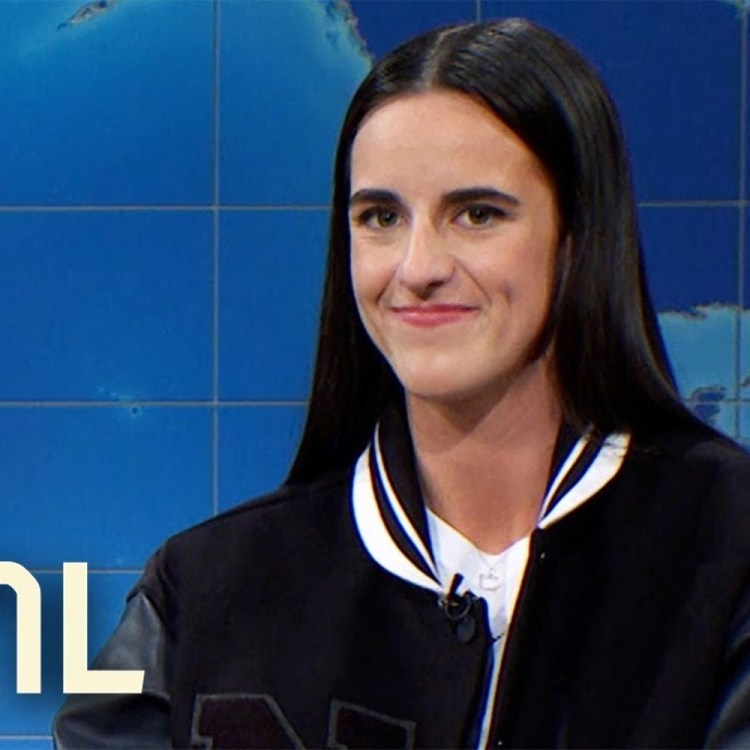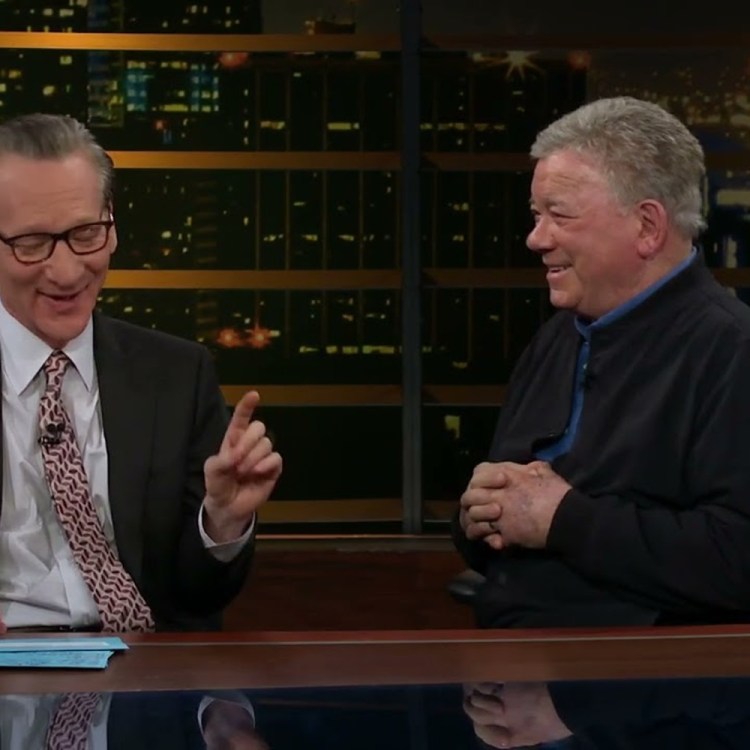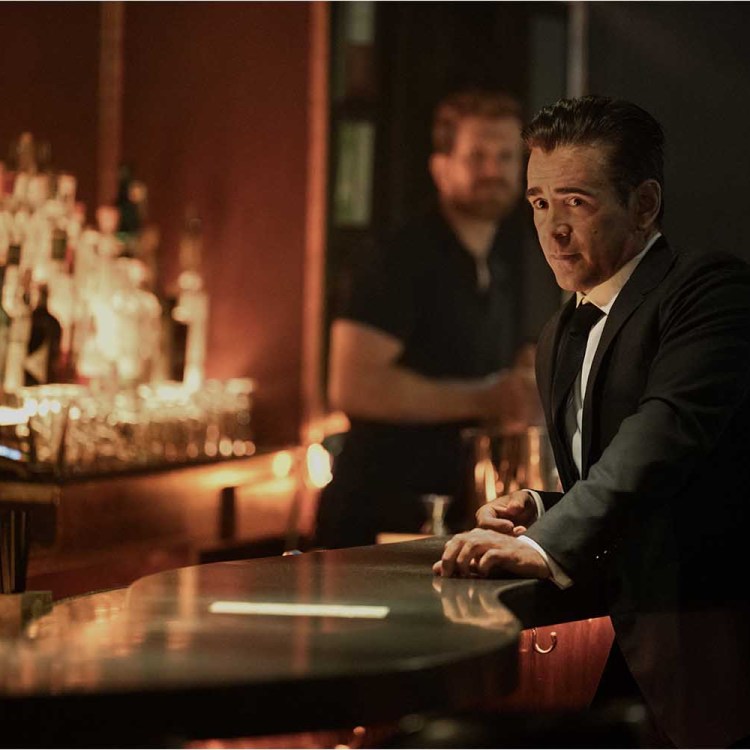If you’ve ever seen a season of FX’s Fargo or the 1996 Coen Brothers classic from which it draws its name and inspiration, you know that much of the action takes place outside of the titular North Dakota town — in fact, it’s mostly set in Minnesota, outside the state entirely. “Fargo” isn’t so much a literal setting as it is a chilly fever dream, a somewhat-cartoonish place full of dark humor where one finds himself in the wrong place at the wrong time and grisly murders start piling up as frequently as polite smiles and Ya, you betchas.
Maintaining that aesthetic throughout multiple seasons of the anthology series — which is centered around a different story in a different era with different actors each time — can be a challenge, especially in the show’s fourth installment, which recently made its debut. Season 4 is set primarily in Kansas City in 1950, the first time the show has abandoned the Upper Midwest; that means much of the touchstones we’ve come to associate with Fargo — the wide-angle shots of snowy landscapes, the bulky outerwear sported by characters as they brave the elements and, of course, that accent — are much scarcer this year. But just like in the past, the spirit of Fargo remains as the show peppers in Easter eggs and allusions to various Coen Brothers movies and utilizes its set design, costumes and music to maintain a cohesive look and feel.
“Each season of Fargo presents a similar set of story points which we take from the movie,” production designer Warren Alan Young tells InsideHook. “There are good, ordinary people who make a bad decision and suffer the consequences. I have the responsibility of ensuring we see our characters in as realistic an environment as possible. Whether it be their home, work or any other personal space, I need to layer elements into the characters’ environments so that they reflect who those people are at their core. To do that on Fargo, I use visual elements from the movie and from other Coen Brothers films as the threads to sew those elements together.”
He cites a scene early on in Fargo the movie as an example: we see William H. Macy’s character Jerry through vertical blinds in his office, and there are vertical blinds in a window behind him and on another window to one side of him, giving the impression that he’s in a box or a jail cell. (“This moment can be taken to understand who Jerry is and where he’s going to end up,” Young explains.) He drew inspiration from that when creating the backdrop for Chris Rock’s Loy Cannon, head of a Black crime family in Jim Crow-era Missouri, this season.
“I employed a similar tactic in designing the world of Loy Cannon by using vertical lines on furniture, fabrics, on anything that surrounds him,” he says. “There’s a fairly structured look to his world which could imply someone who operates within an orderly world. What I’m really doing is creating a reminder for the audience of how many in America see people who look like Loy Cannon. For all of Loy’s efforts to rise above what he knows, he remains trapped in that system, in a country which only wants to see him in that cage.”
For previous seasons, he says, he’d focus extra attention on color palettes, for example filling Peggy and Ed Blumquist’s home in Season 2 with ’70s-style oranges, yellows and greens and pulling inspiration from a different Coen Brothers film entirely, 2009’s A Serious Man.
“As we prep for each season, [show creator] Noah Hawley provides the production designer, cinematographer and costume designer with three to four Coen Brothers films for us to draw from as sources of inspiration,” Young says. “The Fargo movie is, of course, one of those films. The Coen Brothers films have a very distinctive look and feel — their own visual language. We are able to thread that visual language into the series using various elements in order to call back their films. At the same time, we’re using those elements as springboards to create something new to serve the season we’re working on at the time. For me, this usually means focusing on the color palette, décor and other key elements of a set including the architectural geography. The hotel hallway in Barton Fink, for example, was an inspiration for three of the sets we built for the current season.”
Music supervisor Maggie Phillips also works closely with Hawley to get a feel for what he envisions the mood of each season to be.
“We speak a lot in the beginning, as he’s writing,” she says. “He sends me down some avenues, theme-wise, genre-wise, and I send back a ton of playlists. Then he combines with his list and we send over to editorial. Honestly, we pick from that one master list all season. And we never get to use everything we want to use, there are just too many to pick from.”
Season 4 is sonically different from previous years, thanks in part to its setting. (“We leaned into jazz this season and some blues, plus some music from the early ’50s,” Phillips says. “I listened to a lot of bebop early on, but not much made it in. We have Dizzy Gillespie in Episode 3.”) But in previous seasons, Phillips has often utilized cover versions of songs that appear in pivotal moments of other Coen Brothers works to subtly tie the show back to its source material — like alluding to an execution scene from Miller’s Crossing by playing “Danny Boy” during an execution in Season 2.
“I think Lisa Hannigan’s version of ‘Danny Boy’ while Bear shoots Simone is very effective, super haunting,” Phillips says. “I love Lisa’s voice, so beautiful and powerful.”
She cites Bobbie Gentry’s “Reunion,” “Bashi Mwana” by Musi-O-Tunya and “Sylvia’s Mother” by Dr. Hook as some of her favorite needle drops on the show. “And I love, love, love ‘Prisencolinensinainciusol’ by Adriano Celentano in Episode 1 of Season 3,” she adds.
Covers or not, each song she selects for the show has an undeniable Fargo quality to it. “I listen to vocals a lot, the lyrics and how that works with the story and characters,” she explains. “As far as vibe, I hate the word quirky — maybe unexpected? Also, Noah loves his percussion. And we like a lot of bravado.”
That bravado often extends to the show’s costumes, which, while not necessarily cartoonish, often feel just slightly exaggerated — something costume designer JR Hawbaker says is intentional.
“The biggest connection across all seasons is that Fargo is a state of mind,” she says. “From a costume perspective, it’s that interplay of reality meets heightened characterization. And I love the wicked dance between comedy and tragedy. So I think the challenge is intertwining those things in each character to create the Fargo mental state for the audience. And, of course, the Hawley-ian and Coen-canon call to arms is that you always work tirelessly to create deeply memorable characters. They need to be detailed and complicated. They need to be grounding and winking at the same time. And the characterizations need to add layers upon layers to the storytelling. That’s what carries through season after season. It’s an exhilarating challenge. It’s the stuff of costume designer dreams.”
“My quip to Noah when offered the job was ‘Fargo, yes I’d love to do it! … it’s all about the outerwear, right?’” she continues. “But all joking aside, ‘layers’ is the operative word. Undoubtably, Fargo’s look is partially about distinct outerwear layers. But even more so, it’s about layers upon layers of memorable characterizations. When I first sat with Noah, we mused over how the characters needed to to be believable but ‘glow just a little brighter than reality.’ Or put another way, Fargo has a way of creating its own reality, and that reality walks with a visual bravado.”
One of the ways the show has maintained a connection to years prior this season is through the character of Oraetta Mayflower (Jessie Buckley), a nurse who hails from the Land of 10,000 Lakes and oozes “Minnesota nice” but is (spoiler alert) revealed to be a serial killer at the end of the first episode. That darkly funny blend of smiles and crazy vowel sounds with her murderous tendencies not only provides an obvious connection to previous installments of Fargo — she’s the only character this year with a Minnesota accent — it’s part of that “heightened characterization” that Hawbaker worked carefully with Buckley and Hawley to cultivate.
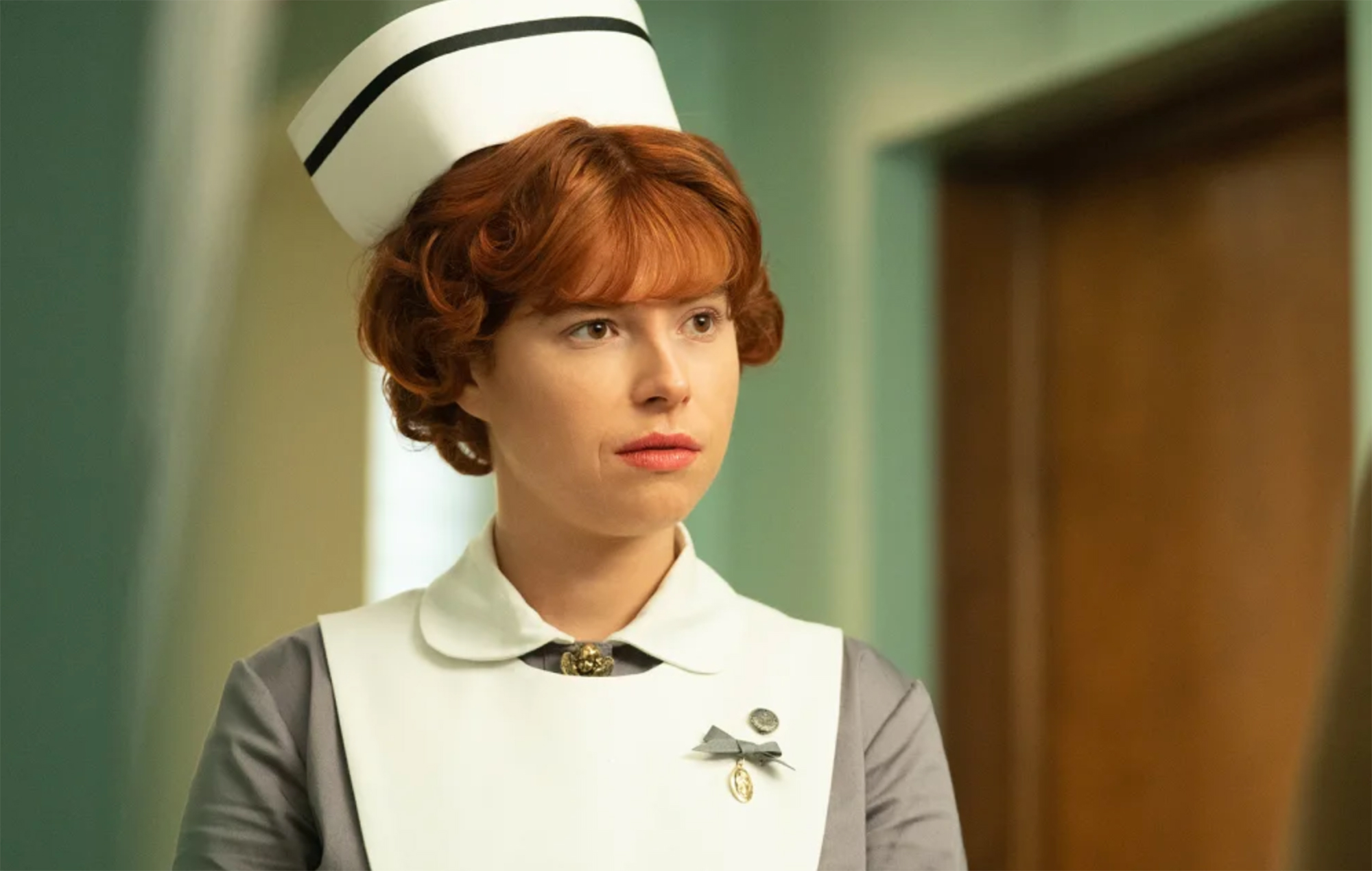
“When we tried to find Oraetta, the character’s shiftiness had Jessie and I always feeling our way toward her,” she explains. The dressed the character “to her situation from moment-to-moment, in a version of how society deemed she was supposed to look. Sometimes she’s the ‘good neighbor,’ sometimes she’s the ‘saintly nurse.’ And then the element that puts the off-putting scary into the Minnesota-nice is never knowing exactly how she’s wired on the inside. It’s that disjointed and alarming feeling when a slow grin slowly widens across someone’s face but you can never truly get inside and know what’s behind it. You just want to wonder, if she bleeds, is it red like ours? I definitely used red on interior linings for that subliminal purpose. Harnessing that feeling became the key.”
“With Oraetta it’s all in the subtle image dysmorphia, like looking through a funhouse mirror where the image gets twisted and dysfunctional,” she adds. “Sometimes I played with small shifts in proportion: her nurse hat is a little higher. The shade of purple grey puce in her uniform I specifically developed alongside the talented Warren Alan Young to create some creep factor against his minty hospital walls. So the fun was playing with and perverting the nurse image. Then once the image was built, I just needed to let Noah and Jessie do the heavy lifting and punch wounds in the archetypes.”
That slight twist on an archetype is ultimately what much of the Fargo look is about, whether it’s making a nurse look friendly and scary at the same time or sending a subtle message about our country’s fraught history with race — as Hawbaker aimed to do with a particular 1950s green-and-ochre buffalo plaid coat worn by Omie Sparkman, one of Loy Cannon’s bodymen.
“I knew I wanted to tribute the American Midwest of the 1950s by integrating traditional Norman Rockwell-esque buffalo plaid in some way,” she says. “But somehow we also needed to do it with a slant. The Fargo look is all about a slightly slanted vantage point. Maybe because the storytelling asks us to constantly re-evaluate history and the human experience: to have some taken-for-granted notion turned inside out. That green and ochre buffalo plaid did serve a technical purpose to create distinction in a large cast but, also, the pattern has a relationship with American history as well.”
“Buffalo plaid is a classic pattern that has become synonymous with an ‘American look,’” she continues. “But many of us have probably never asked why it holds that distinction. And how did a Scottish-origin plaid get appropriated to Americana status, anyway? And does it hold the same status as say Native American woven patterns, or Italian tailoring tradition, or African tribal patterns — all images and traditions that contributed to the melting-pot topography of ‘American’ iconography? Also, maybe the name alone helps subliminally evoke the image of buffalo herds roaming the early American plains hunted by Native Americans, the only true non-immigrant American identity in the country. In the end, the buffalo plaid was a distinct piece of outerwear that could keep our talented actor warm in Chicago’s stark winter. But, also, it’s a Trojan horse that carries many questions about American identity.”
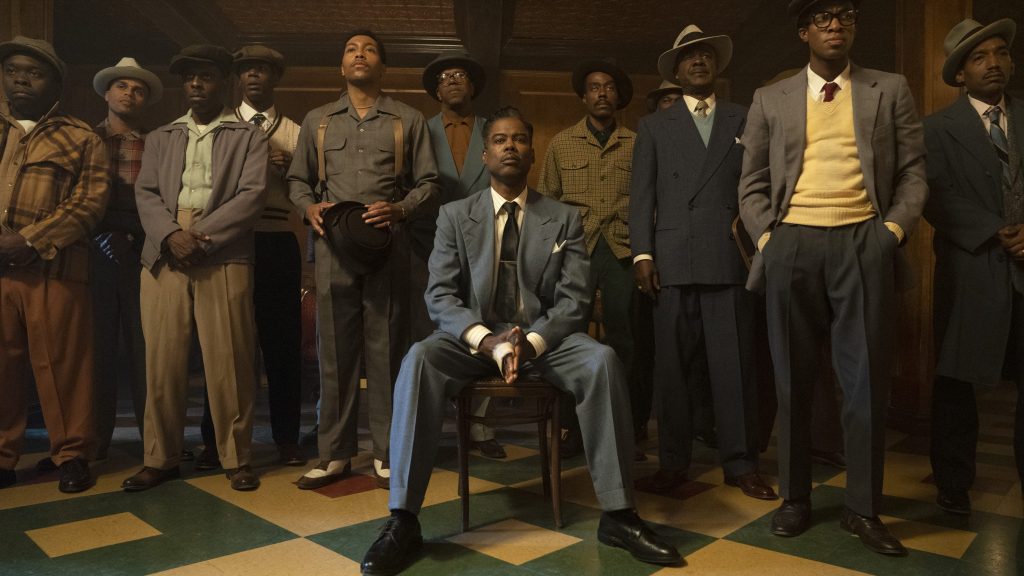
That coat had to keep him warm during the harsh winter in Chicago, where the show filmed, but it also, as it turns out, had him sweating in the summer after production was suspended due to the COVID-19 pandemic — something that provided another continuity challenge to Young.
“We started shooting in Chicago in the fall, and we planned to conclude production in the winter, but with the hiatus we couldn’t resume production until the summer,” he says. “Since winter is one of the main characters in Fargo, we had to use some Hollywood magic to minimize the winter look of a few scenes already shot before the shutdown and match a few scenes we needed to shoot when we resumed. Summer was in full bloom, so one of my biggest concerns was dealing with the vegetation at the locations because it needed to still look like winter. Fortunately, most of the remaining exterior shots we needed were shot at night, so we used the darkness and some digital work to minimize or omit green vegetation. My greens crew was also given permission at some locations to trim or tie back tree limbs and other vegetation.”
But troublesome tree limbs aside, Season 4 of Fargo fits in beautifully with the worlds of both the series and the Coen Brothers movie because, like Hawbaker, Young sees its exaggerated Midwestern aesthetic as part of a broader exploration of Americana as a whole.
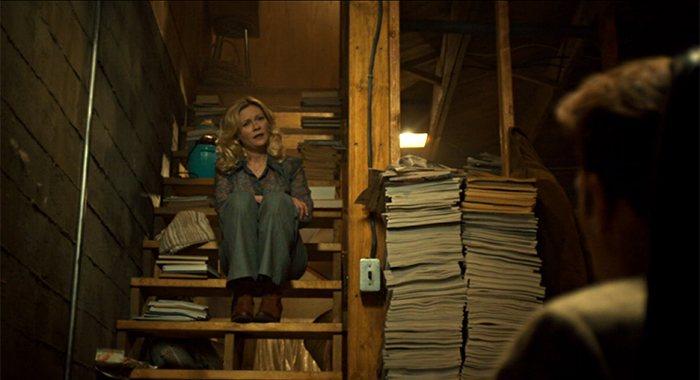
“I describe the overarching Fargo aesthetic as a mirror into everyday America, where in some instances we pay a little more attention to and are sure to feature some smaller details which are indicative of a character’s personality,” he says. “Those details are always real. We do a lot of research to make sure we’re presenting homes, businesses and exterior environments in the same manner as you and I experience life in the real world. However, there are often elements in someone’s home or place of work which are pinpoint indicators of that person’s true self.”
For example, in Season 2, Peggy Blumquist’s home (which is full of greens and ochres similar to that buffalo plaid jacket in Season 4) is cluttered with ever-growing stacks of magazines. “Those magazines provided Peggy with an escape from the small Midwestern town she was desperate to leave,” Young says. “She has such an intense yearning for the ideas the magazines presented to her that she’s been hoarding these magazines for years. When we see their basement, we see hundreds of magazines stacked floor to ceiling, wall to wall — there’s hardly room to walk. It’s a labyrinth down there, and maybe there’s no way out. The basement is a further reflection of Peggy’s state of mind.”
Aspiration, confusion, isolation, alienation: these are all essential qualities to the American existence, and they are perhaps best personified by the Midwestern states that Fargo calls home, where things tend to change just a little bit more slowly, and the illusion of that mythical American dream has always burned brightest.
Ultimately, Young says, “the Fargo aesthetic is a reflection of ordinary —and some not-so-ordinary — people in America.”
This article was featured in the InsideHook newsletter. Sign up now.
